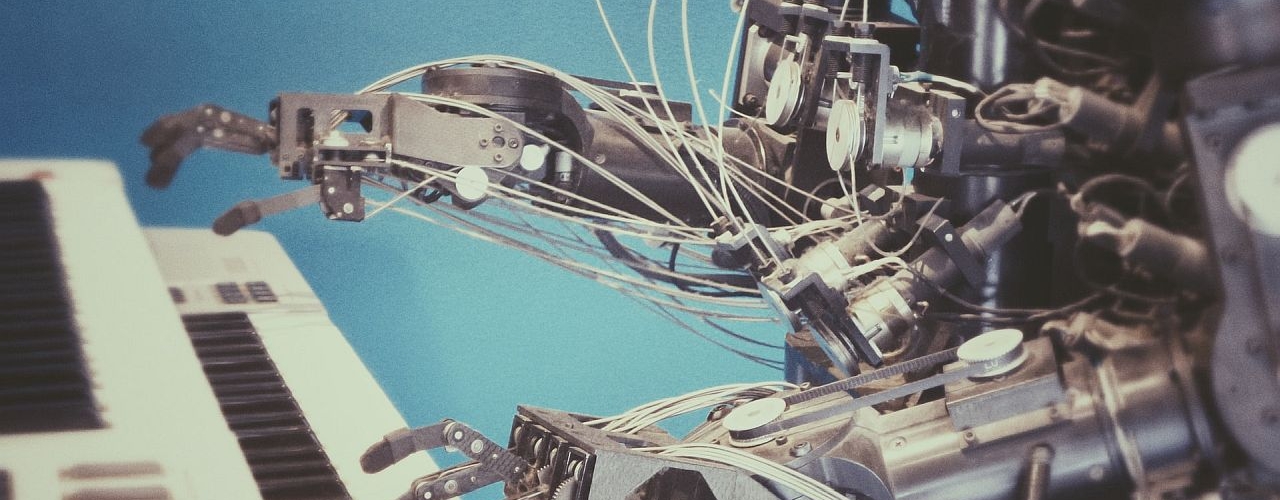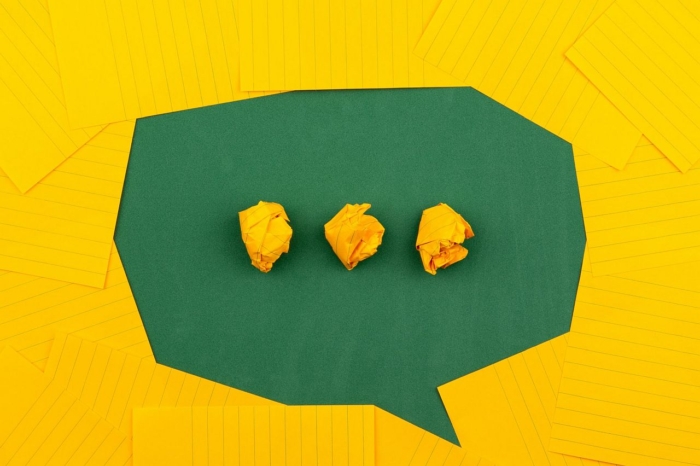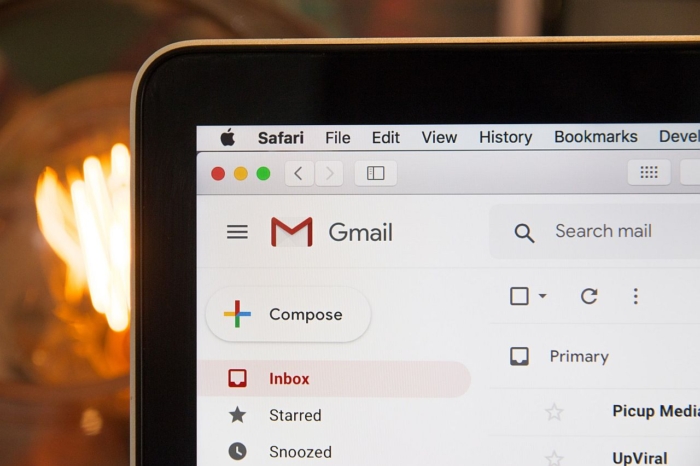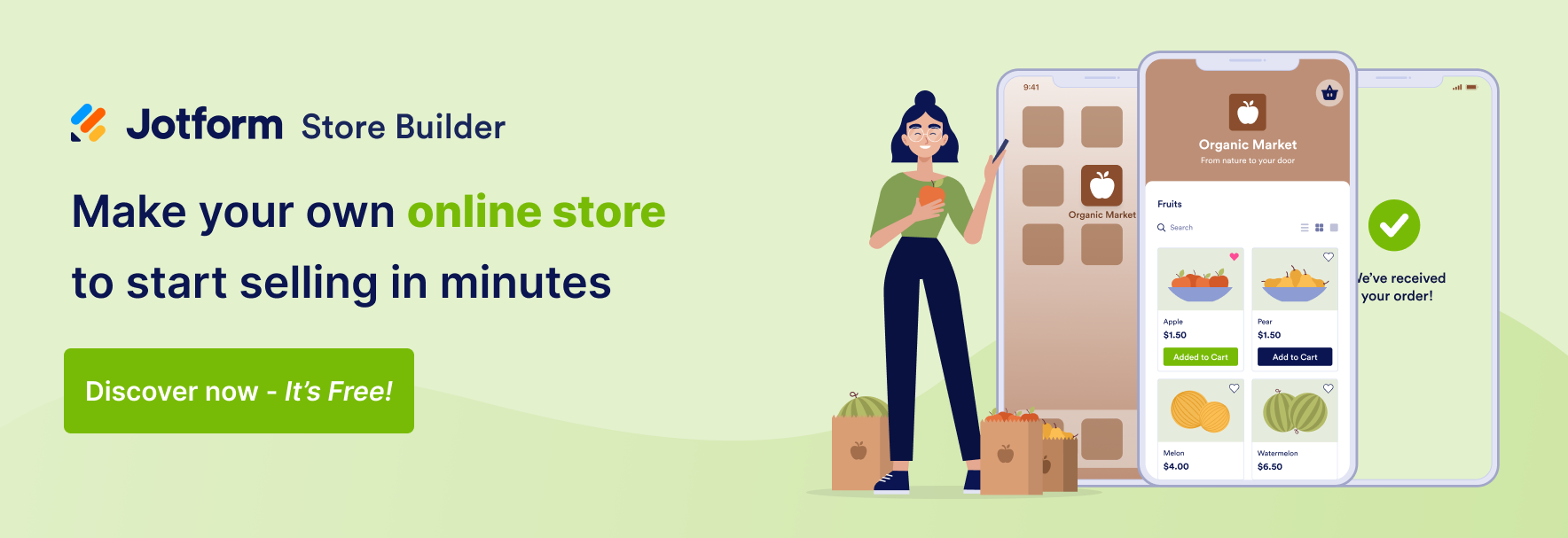Business-to-consumer (B2C) marketing automation is a great way for your brand to engage with customers while streamlining your marketing efforts.
It’s a triple threat, according to Annabel Maw, Jotform’s former marketing communications manager. “Marketing automation is an effective way to save time, increase productivity, and have better relationships with customers,” she explains.
While the major principles of marketing automation are the same regardless of who you’re targeting, B2B and B2C marketing automation aren’t identical. Email marketing will be the primary channel for both; however, B2C automation can also use other channels, like SMS messaging and push notifications, explains Dan Gartlan, president of Stevens & Tate Marketing. The marketing messages you automate will also be different.
Looking to get started with B2C marketing automation? Here are the five best examples.
1. Welcome emails
Automated welcome emails give your brand the chance to make a great first impression on customers and subscribers without you having to lift a finger. It’s the equivalent of adding a personalized thank-you note to every order without going through the trouble of writing it each time.
Welcome emails can be set up so that they’re sent as soon as a customer signs up for your newsletter, creates an account, or makes a purchase. It’s your chance to back up the claims on your website, quickly build rapport, and take the relationship to the next level.
You don’t have to limit yourself to one email. Scott Cohen, senior email marketing manager at mattress retailer Purple, points out that if you have a lot to share with new customers, it may be too much for one email.
“Sending a series of welcome emails can help you build trust in your brand as you gradually provide all the information new subscribers may be looking for,” he writes. There’s no limit on the number of emails you send, but Cohen recommends starting with three.
2. Location-based messaging
By combining geolocation technology and marketing automation, brands can send personalized push notifications to customers’ smartphones whenever they’re near one of their stores. The benefit of these messages is that you catch customers in the moment. If they’re close to your store and you send them a coupon, the convenience factor may get them through the door.
There are several ways to use automated location-based messaging, explains Robert Gibb at digital intelligence platform Upland Localytics. “Some retailers use their apps to notify users of unspent store credit,” he writes. “When someone with store credit on their account walks near a store location, retailers can send them a location-based push notification reminding them of their balance. This incentivizes the user to visit the store, use their store credit, and become an engaged customer.”
3. Reminders and alerts
Automated reminders and alerts are great ways to deliver a marketing message disguised as a service to customers. For instance, auto mechanics can alert customers that their car requires a service or vehicle inspection. Online stores can remind customers that a coupon will soon expire or a sale is ending.
Perhaps the most well-known automated reminder is the abandoned cart email. Abandoned cart alerts make particularly good reminders because they can directly generate revenue.
An abandoned cart doesn’t necessarily mean the consumer found a better deal somewhere else, explains TowerData’s chief business officer Phil Davis. They may have simply been distracted mid-purchase. “If that’s the case, it’s in your best interest to gently nudge the customer in the right direction,” Davis writes. “If you don’t, your customer may never return to the cart.”
4. Reengagement messages
It’s common to have a group of customers who haven’t purchased from you in a while. Invite them back into your store with a personalized reengagement email that contains an exclusive offer.
These emails can be set up so they go out automatically a certain number of days after a customer has made a purchase. Make sure you don’t send these emails to customers who have recently visited your store but not bought anything. Otherwise, you risk giving a discount to someone who was about to make a purchase.
Sending this kind of automated email is “a win-win,” says SaaS marketer McKenzie Gregory. “By sending your inactive subscribers a reengagement email, you’ll not only see who’s still interested in your brand — you may even generate some immediate sales!” she writes. “And worst case scenario, you’ll be able to clean up your email list.”
5. Feedback and reviews
B2C brands need regular feedback and reviews from customers. This gives them the information they need to improve their offerings. Reviews are also a part of the B2C marketing flywheel. The more reviews you get, the more trust you generate and the more sales you make. Asking for reviews is time-consuming, though. That’s why smart brands automate the entire process.
Purchases make for great automation triggers, says Whitney Blankenship, content marketing manager with Omnisend. “Setting up a simple timed email automation workflow to go out after a certain number of days has passed is a great way to get that review,” she says. Just make sure you send it after the customer has received their order.
Automate your B2C marketing with Jotform
You don’t need to invest thousands of dollars in complicated marketing software to automate your B2C marketing messages. All you need is Jotform. Our platform has several automation features and integrations built in, so you can send customized emails, grow your social following, and analyze leads — all on autopilot.
Images by: Franck V, Volodymyr Hryshchenko, Stephen Phillips






















Send Comment:
1 Comments:
More than a year ago
Wow, what a good read! Thank you for sharing this important topic, I hope entrepreneurs and marketers could come across this one day. Marketing automations is a great advantage for an online business. And I suggest to seek the best marketing automation tool to help you do more with less cost and time.